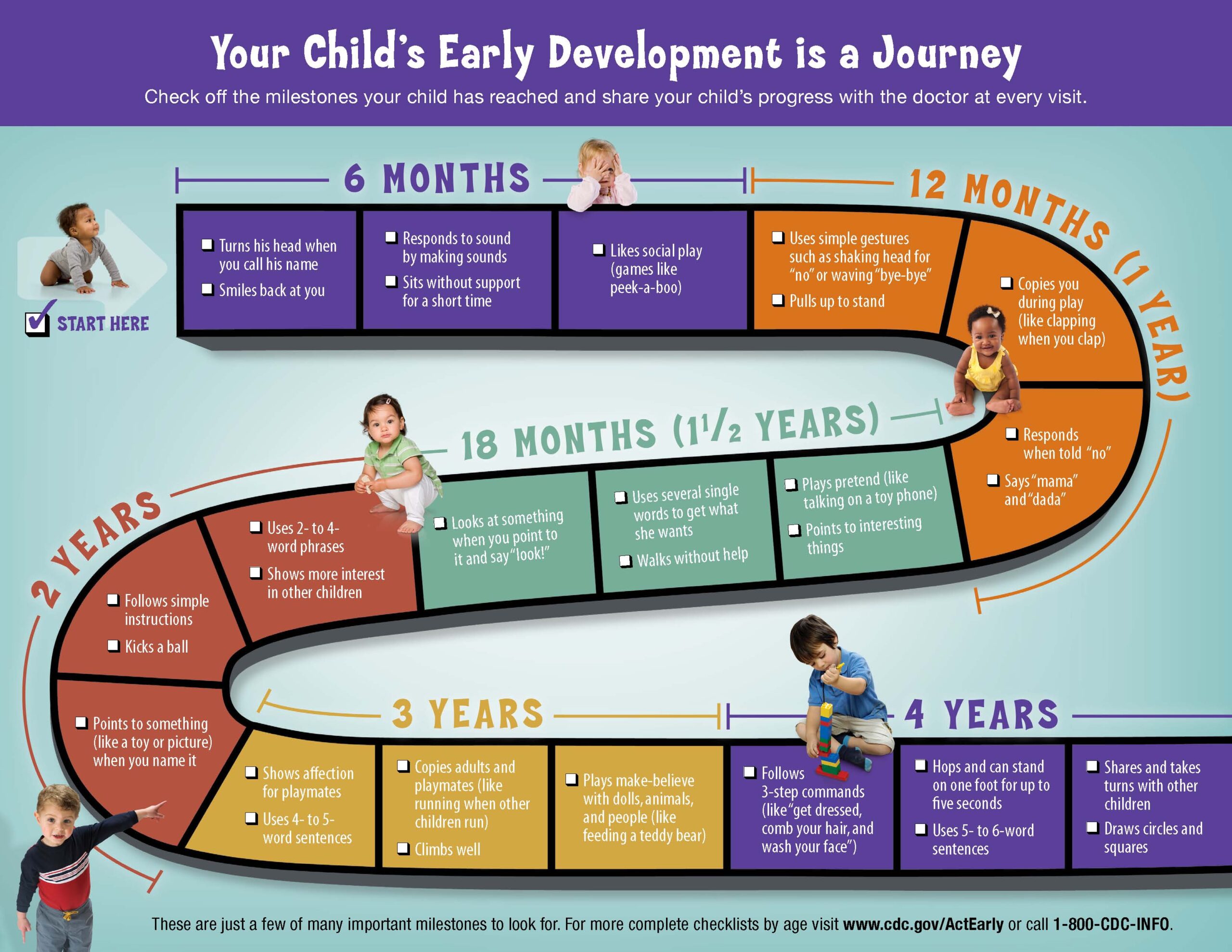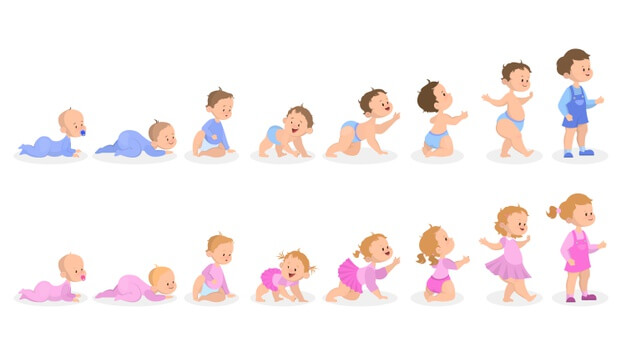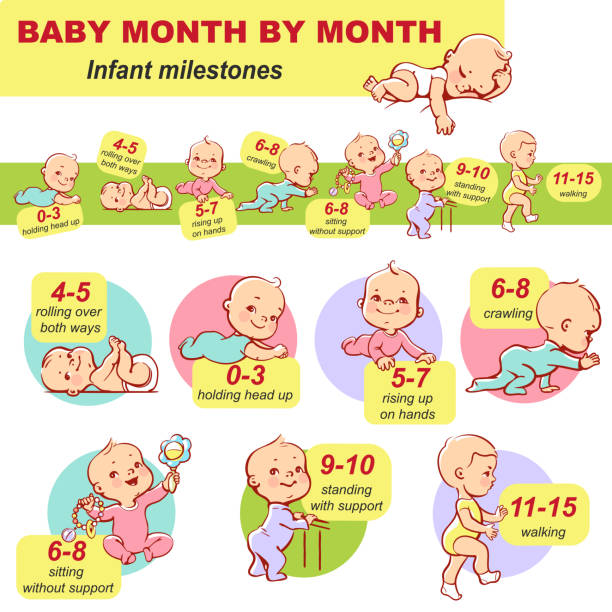Your basket is currently empty!

From Crawling to Walking: The Incredible Developmental Milestones of Infancy and Toddlerhood
The journey through infancy and toddlerhood is an astonishing phase filled with numerous developmental milestones and challenges.
Infancy (0-12 months):During the initial year, infants undergo remarkable physical and cognitive growth. From the moment they enter the world, they start recognizing faces and voices, laying the foundation for social interaction. Infants communicate through crying, cooing, and babbling, gradually expressing their needs and emotions. Their motor skills develop as they learn to roll over, sit up, and eventually crawl, exploring the world around them. Emotional bonds formed with caregivers play a pivotal role in their social and emotional development.
0-3 months: Infants start recognizing familiar faces and voices, and they communicate through basic sounds and crying. They begin their journey of motor skill development by grasping objects and gradually rolling over.
4-6 months: Sitting up and reaching for objects mark this stage. Their hand-eye coordination and depth perception begin to develop, enhancing their interaction with the environment.
7-9 months: This period witnesses the beginning of crawling and pulling up to stand. They also utter their first words, initiating the journey into language development.
10-12 months: Infants take their first steps into the world of walking and talking. They become more self-sufficient and assertive in their interactions.
Toddlerhood (12-36 months):
Toddlers, in this phase, continue their rapid growth and assert their independence. They refine their motor skills, learning to walk, run, and climb. Language skills advance exponentially as they grasp new words and phrases daily. This stage is characterized by their newfound independence, often leading to tantrums and challenging behavior. However, they also become more social, relishing interactions with other children.
1-2 years: Toddlers explore their mobility further, enhancing their independence. They continuously expand their vocabulary, expressing themselves more comprehensively. Their assertion of independence becomes more pronounced, occasionally leading to challenging behaviors.Children can use simple sentences and have a vocabulary of around 50 words.
2-3 years: Social interactions take on a more significant role as toddlers enjoy playing with peers. Their creativity blooms through imaginative play, and they delve into forming more complex sentences, honing their language skills.Children can use more complex sentences and have a vocabulary of around 1,000 words. They can also understand more complex concepts like time and space
Early years
3-4 years: Children can use complex sentences and have a vocabulary of around 1,500 words. They can also understand more abstract concepts like colors, shapes, and numbers 1.
It’s important to note that while these milestones provide a general guideline, each child develops uniquely. Consulting with a pediatrician is advised if there are any concerns about a child’s developmental progress. Embracing and supporting a child through these stages is a rewarding journey, witnessing their growth and unique development unfold.

Leave a Reply